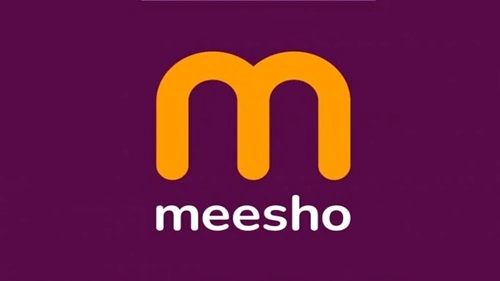Meesho, short for “Meri Shop” (My Shop), is an e-commerce company that has revolutionized online retail by empowering sellers, businesses and entrepreneurs to offer their products at everyday affordable prices for users. Founded in 2015 by Vidit Aatrey and Sanjeev Barnwal, Meesho has grown into one of India’s most prominent e-commerce platforms. This article delves into how Meesho operates and generates revenue.
Overview of Meesho’s Business Model

Meesho is an e-commerce platform which aims to democratizing Internet commerce and bringing a range of products and new customers online. The Meesho marketplace provides Indian businesses, which includes Manufacturers, Retailers, SMBs, MSMEs, and individual entrepreneurs, access to a plethora of customers, pan-India logistics, payment services, and customer support capabilities to efficiently run their businesses on the Meesho ecosystem. The key components of Meesho’s business model include:
- Sellers: Individuals, manufactures, retailers and entrepreneurs, who promote and sell products on Meesho.
- Customers: The end consumers who purchase products through sellers on Meesho.
Revenue Streams
Meesho operates on a zero-commission, asset-light business model. Instead of charging sellers a commission, it generates revenue through seller advertisements.
a) Advertising and Promotion
Sellers can promote their products on Meesho through sponsored listings and advertising campaigns. By paying for better visibility on the platform, sellers increase their chances of reaching more customers. Meesho earns revenue by charging fees for these advertising services.
b) Logistics and Delivery Services
Meesho provides logistics and supply chain solutions to sellers, ensuring seamless delivery to customers. The company partners with third-party logistics providers to handle warehousing, packaging, and shipping. Moreover, Meesho also launched its own logistics platform Valmo in 2024 to revolutionise the logistics sector.
These services generate additional revenue while fostering growth within the Meesho ecosystem.
Key Cost Drivers
Running a platform like Meesho involves several cost components:
a) Logistics and Fulfillment
Partnering with third-party logistics providers as well operating in-house logistics platform for delivery and packaging, incurs significant costs. To optimize costs, Meesho focuses on building a robust supply chain.
b) Technology and Infrastructure
Developing and maintaining a mobile app, AI-driven recommendation systems, and a secure payment gateway requires continuous investment in technology.
c) Discounts and Promotions
The platform offers competitive pricing, discounts, and cashback incentives to attract customers, cutting into profit margins in the short term.
Unique Features Driving Revenue Growth
Meesho employs several strategies that differentiate it from traditional e-commerce platforms and contribute to its growth:
a) Zero Commission for Sellers
Meesho charges no commission from sellers, allowing them to set their own profit margins. This policy attracts a large pool of sellers, who are incentivized to actively promote and sell products.
b) Focus on Tier 2 and Tier 3 Markets
By targeting non-metro areas, Meesho taps into an underserved customer base. Affordable pricing and vernacular language support make the platform accessible to a wider audience.
c) Mobile-First Approach
Meesho’s lightweight app is designed for mobile users, given the high smartphone penetration in India. Its intuitive interface makes it easy for even non-tech-savvy users to operate.
d) Low Investment Model
For sellers, Meesho offers a zero-investment opportunity to start a business, eliminating barriers to entry.
Challenges and Opportunities
Challenges
- High Competition: Meesho faces competition from e-commerce giants like Amazon and Flipkart.
Opportunities
- Rising E-commerce Adoption: India’s growing internet penetration and digital literacy present immense growth potential for platforms like Meesho.
- International Expansion: Meesho can replicate its model in emerging markets with similar socio-economic dynamics.
- D2C Opportunities: Meesho can collaborate with Direct-to-Consumer (D2C) brands to expand its product portfolio.
- Upskilling Sellers: By offering advanced training and resources, Meesho can further empower its seller network and boost sales.
Financial Overview
Meesho has raised substantial funding from investors like SoftBank, Facebook, and Prosus Ventures, reaching a valuation of over $4 billion (as of the latest reports). The company has shown exponential growth, with a significant share of its revenue driven by Tier 2 and Tier 3 cities. Meesho’s focus on profitability and scaling its ecosystem ensures a sustainable growth trajectory.
Conclusion
Meesho’s innovative model has disrupted India’s e-commerce landscape by democratizing entrepreneurship and making online selling accessible to millions. By focusing on affordability, empowering sellers, and leveraging internet commerce, Meesho has created a scalable and sustainable business. As it continues to expand its product offerings, enhance its technology, and explore new markets, Meesho is well-positioned to maintain its leadership in the e-commerce space.

